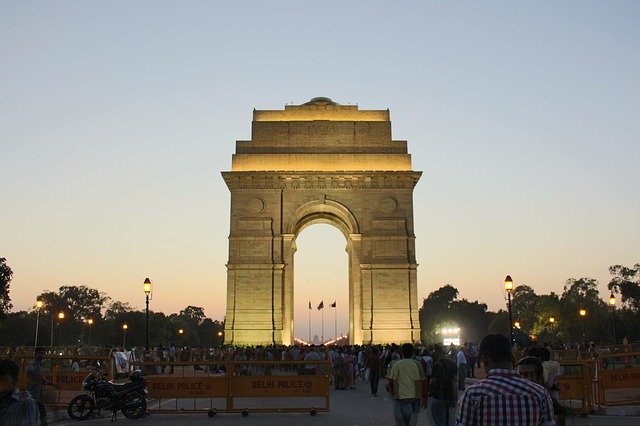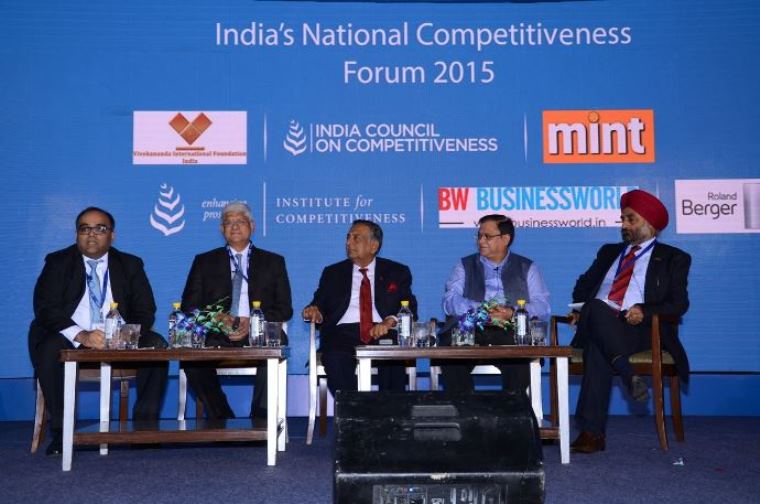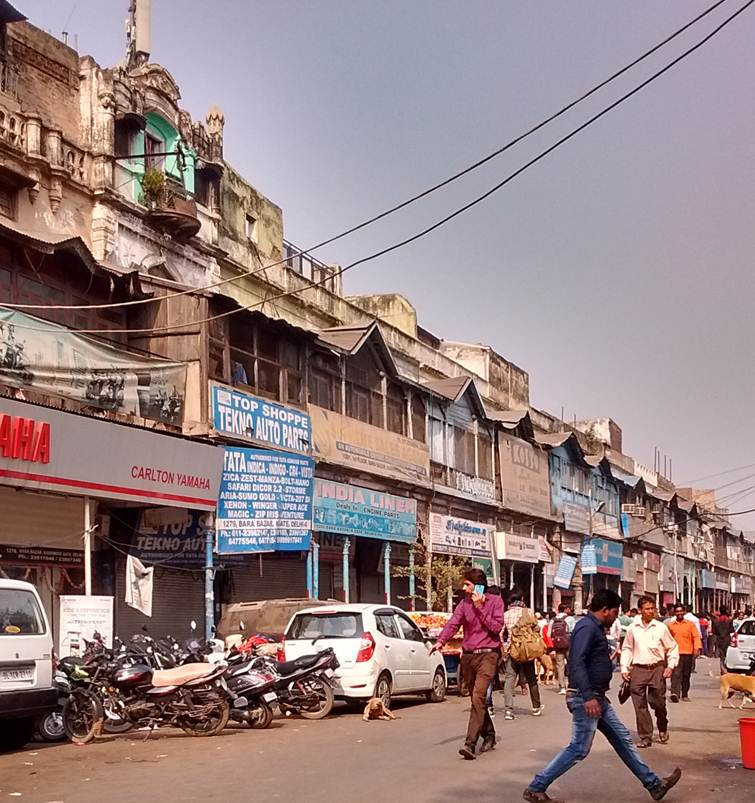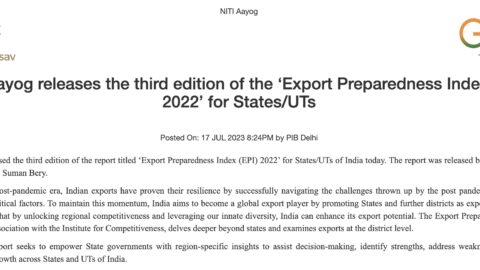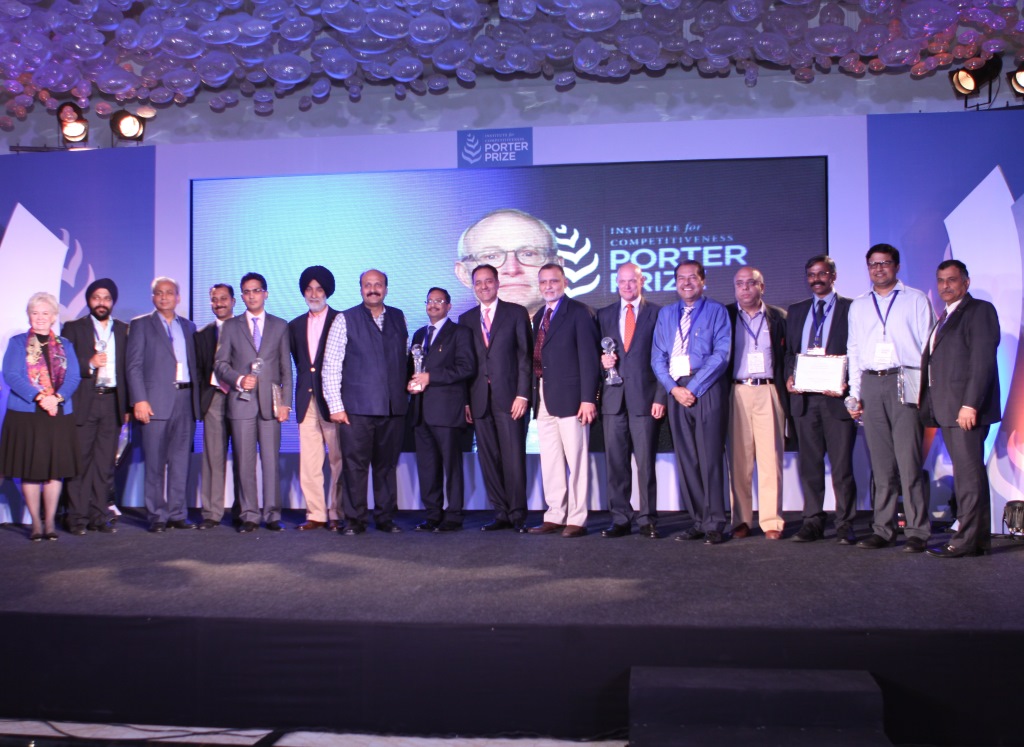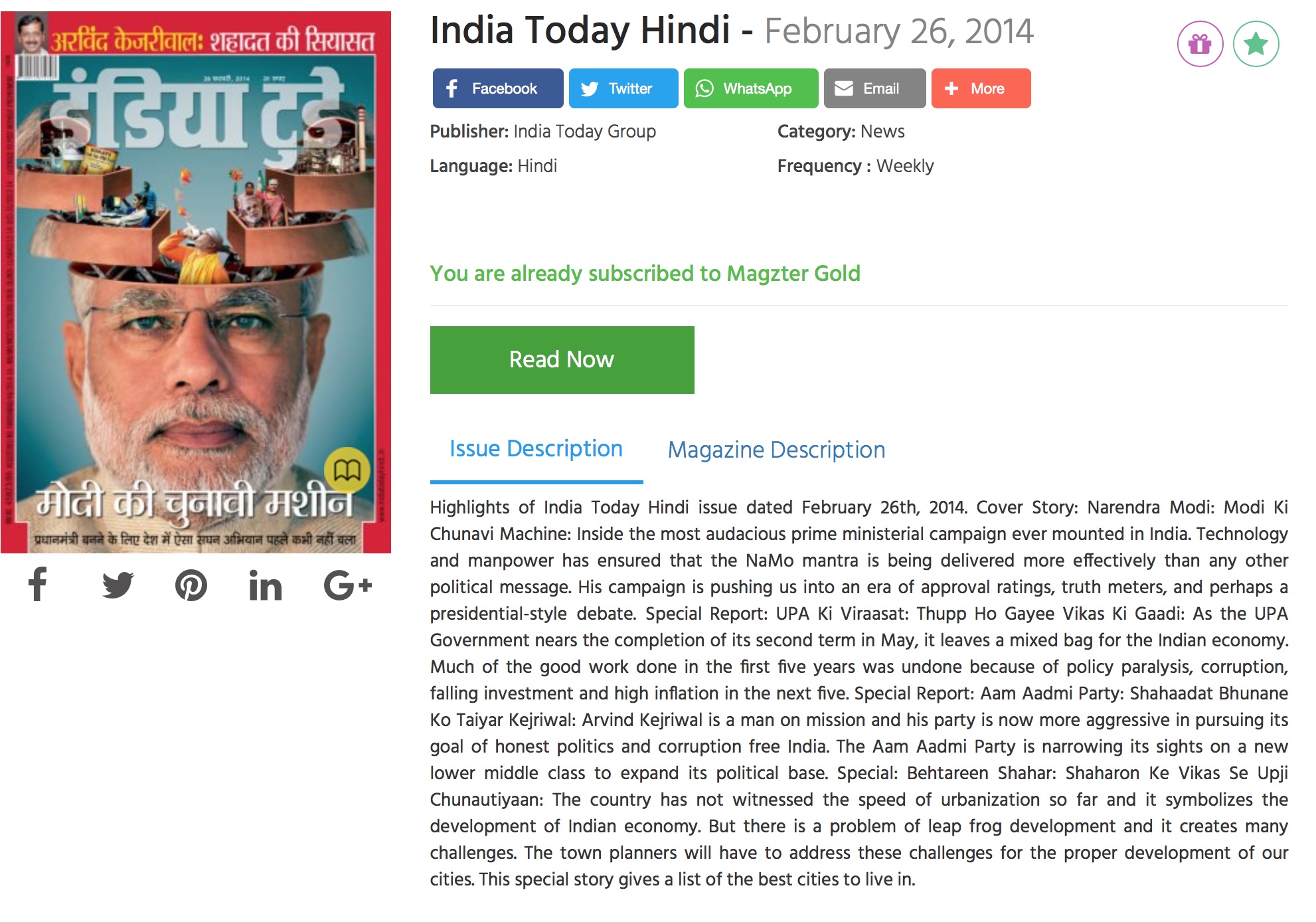New Delhi bags the Most Competitive City position for the second consecutive year in the India City Competitiveness Rankings by IFC
New Delhi beats Mumbai to become the Most Competitive City in India in 2011, report by IFC
South India outshines in City Competitiveness Report 2011, by IFC
New Delhi, India, Friday, December 09, 2011
Highlights
- Mumbai scores second position in the Competitiveness Index 2011 as per the report
- It was surprising to discover that Gurgaon is in the list of the top 10 competitive Indian cities, at the sixth position despite holding low scores in the administrative and human capacity
- Chennai saw a drop of three positions and is ranked at the fifth place
- Although Jaipur managed to maintain its position and is still placed at 10th position by stabilizing its overall growth
- South Indian cities such as Thiruvananthapuram, Kozhikode and Vishakhapatnam have witnessed an upswing in competitiveness rankings by surpassing various upcoming north India cities. A wide developmental gap exists between the north and south
- The report is an indicative of how the corporate world selects the cities for investing and also how governance is important in assessing the level of competitiveness diversity spread across these cities. These variations will indicate to the governing bodies issues that need to be addressed for improving the competitiveness of the Cities
The India City Competitiveness Report 2011 is based on the Microeconomic Diamond Model laid down by Michael E Porter and focuses on ‘Strategy and Competitiveness’. The model is widely accepted across the world and assesses the competitiveness of a region or domain based on specific benchmarks. The core of the model (“competitiveness”) is founded across the four pillars; factor conditions, demand conditions, context for strategy and rivalry and supporting and related industries. These four pillars are interlinked with one another and are instrumental in determining competitiveness. To gauge the productivity and thus the prosperity of a city or a region it is essential to identify, measure the city dimensions on and around the four pillars. These four pillars are further categorized into sub-indices that assess the various details of a city through a set of well-defined indicators.
New Delhi, the capital of India has once again emerged as the top city in the country and retained the title of the most competitive city in India. This can be attributed to the fact that Delhi is continuously evolving as well as growing in order to satisfy the ever changing and growing needs. The growth and progress under some parameters in is remarkable and if Delhi continues to keep the pace then it may become unbeatable in some time. For instance its physical infrastructure, its demographics, some business dimensions are its strong areas. In addition, its proximity to the cities like Gurgaon and Noida add an advantage to its basket.
The report supports the evident that the six metropolitan cities that is, Delhi, Mumbai, Chennai, Kolkata, Bengaluru and Hyderabad are still the prominent competitors in the list of top 10 Competitive Indian Cities. The metros are followed by cities which are fast catching up and creating a mark on the map, such as Pune that holds 3rd place, Gurgaon holding 6th position, Ahmedabad holding 9th position and Jaipur at 10th place. NOIDA, a city included in the NCR (National Capital Region) has proved a huge potential itself by getting the 11th rank in the City Competitiveness Index 2011.
Pune witnessed an upward movement in its position, at the 4th position it has shown significant improvement in the areas of innovation, communication, competitive intensity and diversity in between the firms thus standing high to cater the education and business related masses.
If the trend is analyzed in the Competitiveness Index 2011 then it is exhibited that Bengaluru and Pune have jumped to 3rd and 4th positions respectively as compared to their 4th and 8th rank correspondingly in the previous year.
The report states that there is a huge potential in the Tier-2 and Tier-3 cities. What is required is to tap into potential so as to explore aspects of these Indian cities they can provide the distinctive advantages to them in terms of competitiveness.
Cities such as Mysore, Madurai, Lucknow, Goa, Bhopal, Ludhiana are considered to be moving ahead on the growth path and have improved immensely on the competitive index. On the other hand cities that are seeking for new opportunities are Vijayawada, Agra, Patna Varanasi, Guwahati, Allahabad, Amritsar that should be nurtured further to extract the required result.
Despite the ranks, India’s cities are still way behind cities in the developed world. Though Indian cities should not try to imitate the model of other foreign cities and instead grow uniformly in a sustained manner, complimenting their own inherent strengths. They need to move from factor-driven competitiveness to efficiency-led and finally innovation-led economies. One of the key derivate from the report is government and the residents of the city should actively participate in mapping the strengths and working towards creating competitive advantages. For change to happen, cities will have to invest heavily in improving infrastructure and physical support systems. Cities need to move forward on the path of competitiveness by planning and implementing an appropriate strategy addressing their respective strengths and weakness’. While Delhi, Mumbai and Bangalore are known globally, much needs to be done not only to improve the competitiveness of these cities, but also to create awareness to attract investment.
The small towns of today will need to emerge as hubs of trade and business in the coming years. However, to ensure that they keep up with the growth, they will need to invest in physical infrastructure and urban services. Some of that is already happening. Over the past decade, many cities have changed sharply, improving the quality of life they provide.
Dr. Amit Kapoor, Honorary Chairman, Honorary Chairman, “Institute For Competitiveness” stated “Cities are already competitive and should look ahead to move from factor-driven competitiveness to efficiency-led and finally innovation-led economies. It is the responsibility of government, firms and the people to offer an almost perfect (cost effective and business positive) solution to make India a prosperous country. In short, competitiveness has the power to transform India’s urban landscapes and we owe it to ourselves as a nation to use this power to become truly competitive, starting with our most fundamental units of change, our cities.”
The India City Competitiveness 2011 uses hard data that is published by the Government of India. The data is derived from reports, published articles etc. of the various ministries of India, Government funded research organizations and other reliable and true organizations so as to assemble the true facts and figures of the country. It also eliminates the possibility of sampling error or other related faults.
Furthermore commenting on the City Competitiveness Index 2011, one of the authors of the report Ankita Garg said “Cities are reflection of prosperity so they should develop in a sustainable and competitive manner. It is true that the metros are moving from good to better but the smaller cities also holds immense potential and should not be neglected. So the need of the day is to cultivate these smaller Indian cities, wherein lies the potential of the country and it is then that we would see the country grow higher and sustain the growth.”

